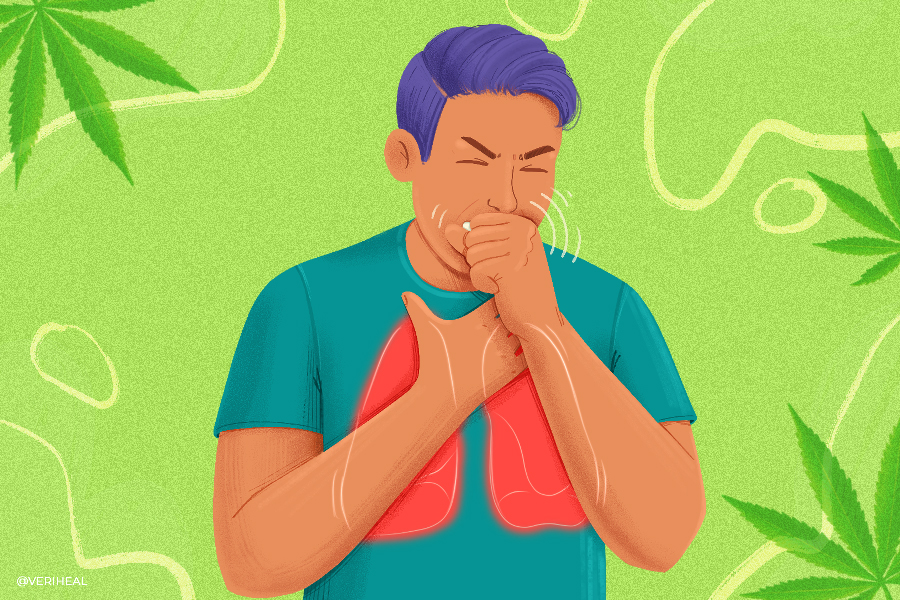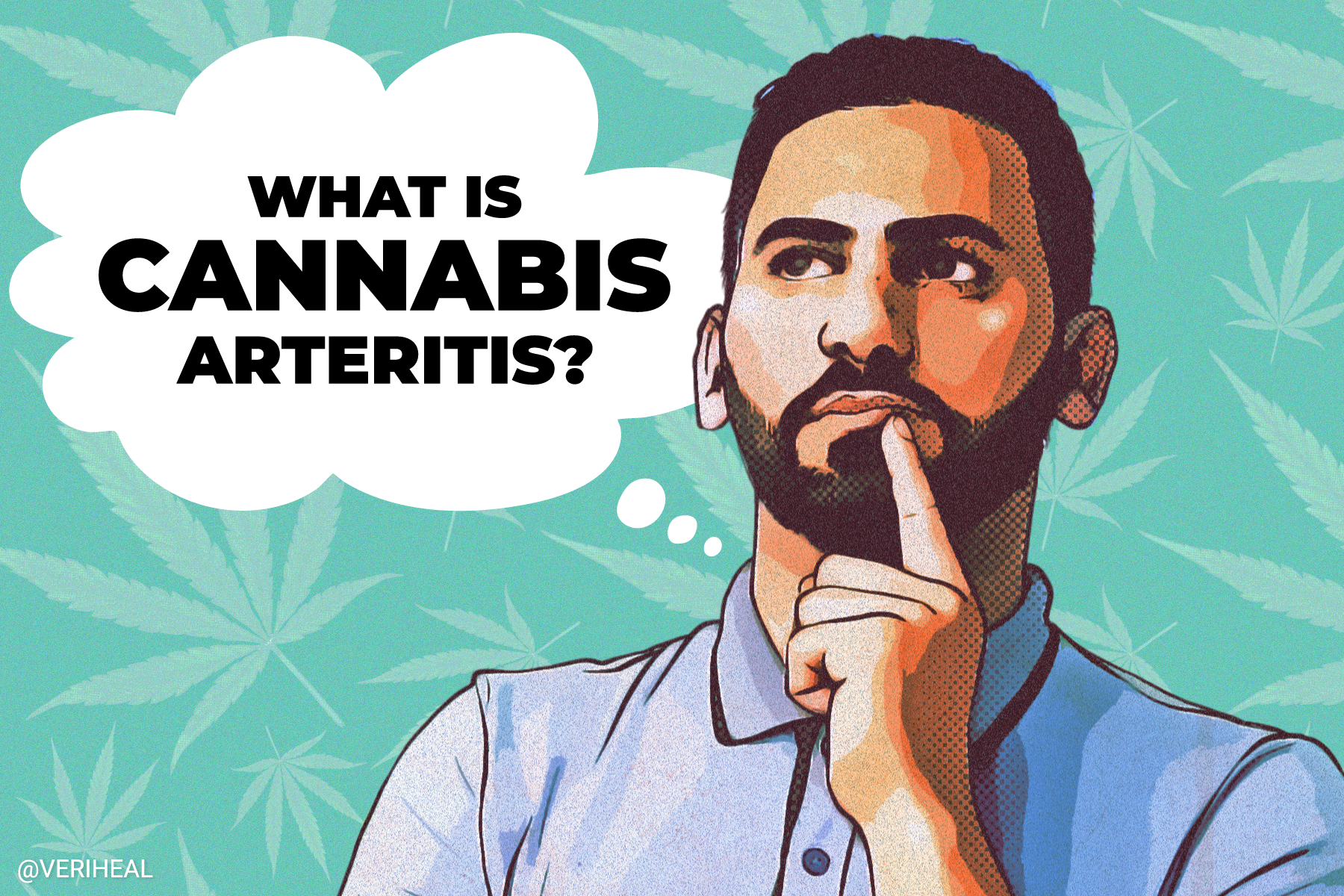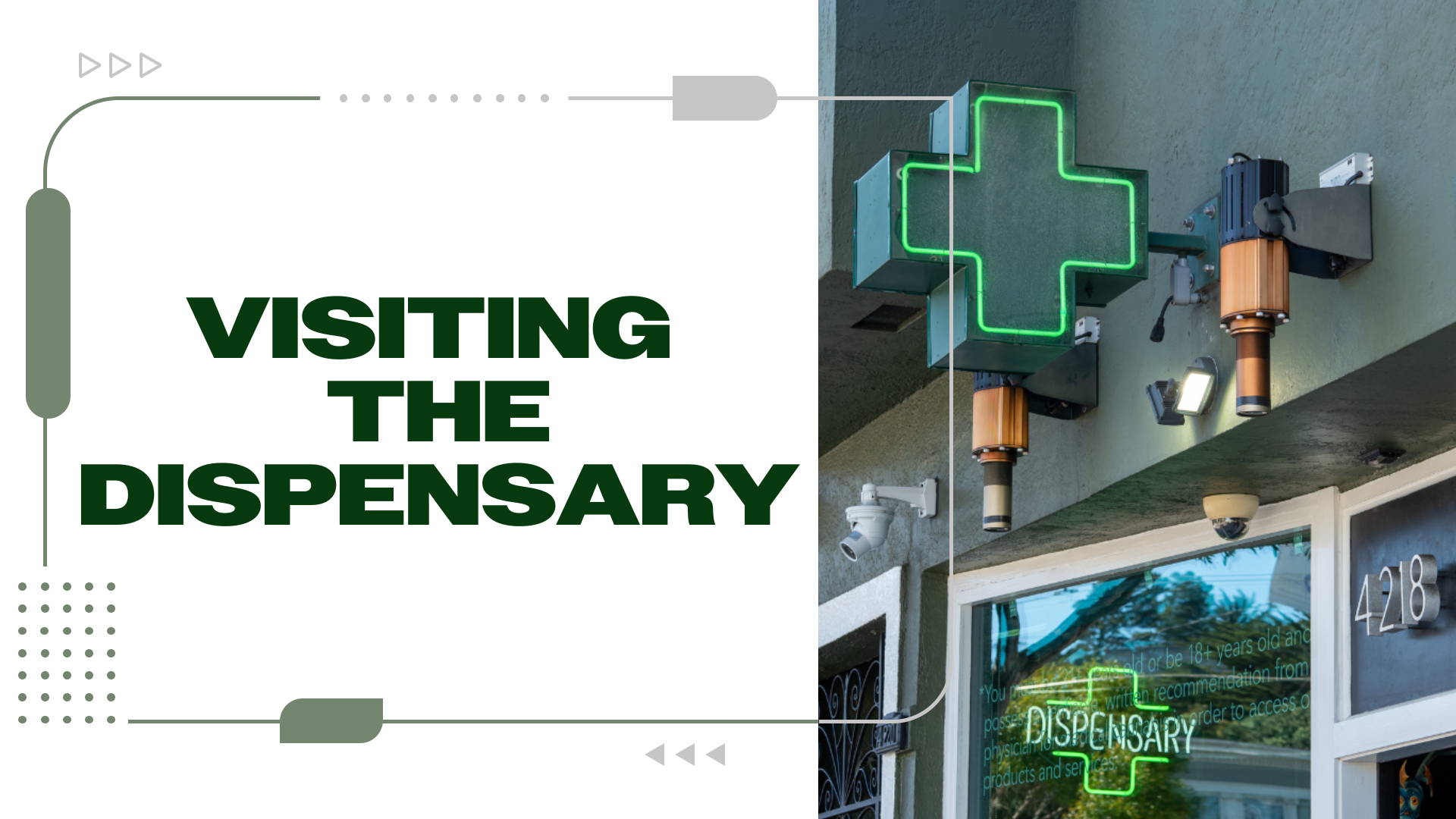Cannabis is an all-natural alternative means of treatment and is currently uncontested in its array of benefits and uses. While growing research on the plant is pointing experts toward its endless therapeutic potential, it’s also increasing awareness of its potential adverse effects. Cannabis arteritis (CA) is a consumption-related condition that has been receiving a lot of attention. But what is it, and should the average consumer be concerned about it? Let’s dive in.
What Is Arteritis?
Arteritis is described by Healthline as inflammation of the arteries that can damage blood vessel walls and reduce blood flow to the organs. As with most other conditions, there are various types and degrees of damage. Some common types include Takayasu’s arteritis, giant cell arteritis, and polyarteritis nodosa. Professionals are still looking into the exact cause of arteritis, but it is hypothesized to be a disorder related to the autoimmune system.
So what is cannabis arteritis? Artery disease in young adults is most commonly caused by drugs, metabolic diseases, pseudoxanthoma elasticum (an accumulation of calcium deposits), and Buerger’s disease (blood clots caused by swelling blood vessels). Cannabis as a cause of arteritis was first reported in 1960 and has been confirmed several times since then.
According to a 2005 case report, a 39-year-old cannabis smoker had a dry necrotic lesion on the big left toe despite having no contributory medical history. This means that this regular cannabis consumer, with no atherogenic or thrombogenic risk factors and no signs of pseudoxanthoma elasticum, developed arteritis that “paralleled cannabis abuse.” The 39-year-old reportedly showed improvement with hyperbaric oxygen therapy, vasodilator treatment, and weaning off of cannabis.
CA is said to share symptoms with Bueger’s disease and is considered to be a very rare peripheral vascular disease. It presents itself as peripheral necrosis—the death of body tissue as a result of insufficient blood flow—and is mostly in the lower limbs. Put differently, CA is a disease in which the arteries are receiving insufficient oxygen, causing the skin to die and increasing the probability of amputation if untreated.
Podiatry Today explains that CA is “a proposed subtype of Buerger’s disease” and that the disorder is poorly understood due to the “frequent concomitant use of marijuana and tobacco,” the latter being a significant contributor to Buerger’s disease. A case study found that symptoms commonly associated with CA include claudication (limb pain), acral pain, Raynaud’s disease, and distal necrosis (death of tissue cells).
Why You Should Get Your Medical Marijuana Card
Veriheal has satisfied millions of patients nationwide by giving them access to these benefits
- Larger purchase limits
- Peace of mind
- Enhanced legal protection
- Access to higher potency strains
- Save up to 25% on cannabis purchases
- Skip the line at the dispensary
What Causes Cannabis Arteritis?
The exact reason as to why smoking cannabis regularly may potentially cause CA is not certain, as the etiology of CA is still poorly understood. The Independent suggests that “smoking cannabis can cause blood vessels to tighten, which increases resistance and contributes to an increasing amount of plaque building up around the arteries, thereby narrowing the artery itself.”
However, this is contradictory to the findings, which found cannabis to be a vasodilator (having the ability to widen blood vessels as a result of relaxing the blood vessel’s muscular walls) but did not provide research to support their statement. In fact, cannabis contributes to red eyes, improved memory, and the improvement of various other conditions because of its ability to increase blood flow.
This means that The Independent’s suggestion of the cause of CA has not been proven, is contradictory, and may be misleading. A 2018 literature review published in Frontiers in Physiology explains that “cannabis has been proven to exert vasodilation…” but that THC “acts differentially on different arterial types,” so perhaps the answer behind the cause of CA lies there.
Should Consumers Be Concerned?
Consumers of cannabis, particularly smokers, should not be concerned about presenting with cannabis arteritis, as the condition is extremely rare and there may be unknown indicators and contributors. However, heavy cannabis consumers should be mindful of overconsumption considering the existence of this condition alongside others such as cannabis hyperemesis syndrome (CHS).
It should also be understood that the exact cause behind CA has yet to be established. Among the millions of cannabis consumers worldwide, doctors have seen less than 100 cases of CA since the 1960s. Even still, Dr. Soon, a member of the Royal College of Australian Surgeons, told the Annual Scientific Congress, “Due to the increase in cannabis usage and the legalization of medicinal cannabis, awareness of the condition is important and may become a growing problem in the future.”
Raising awareness of CA is a crucial part of encouraging safe consumption, but consumers need not throw their stash in the trash or live in fear. Until more research becomes available, consumers just need to remain aware, control consumption quantities, and consult with physicians regarding the optimal dosage for cannabis-based treatment if using it medicinally.
Author, Share & Comments
















